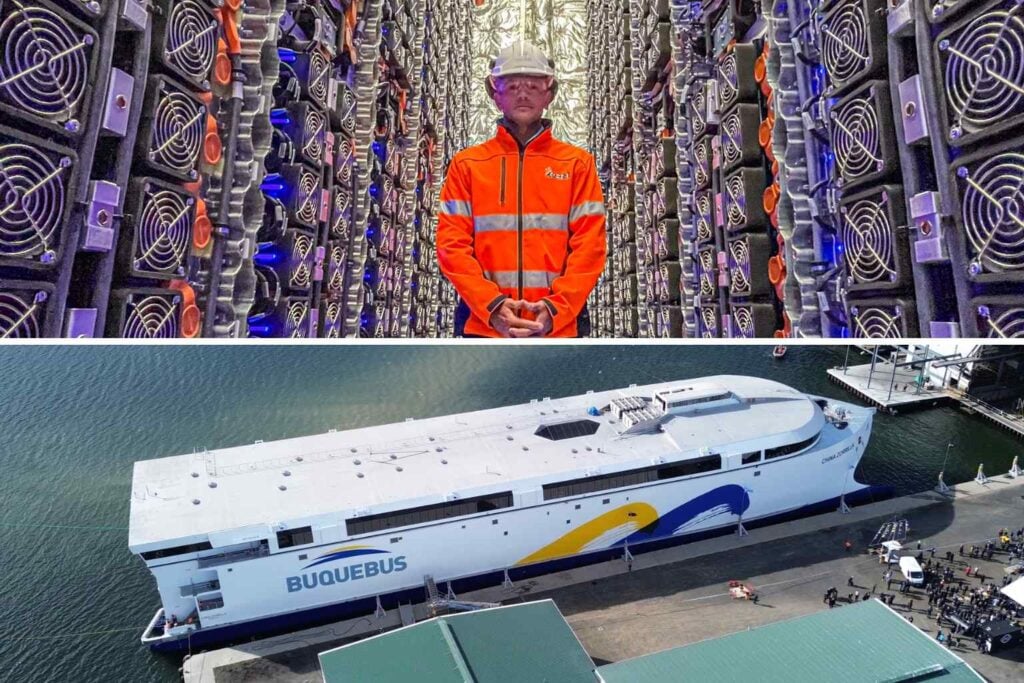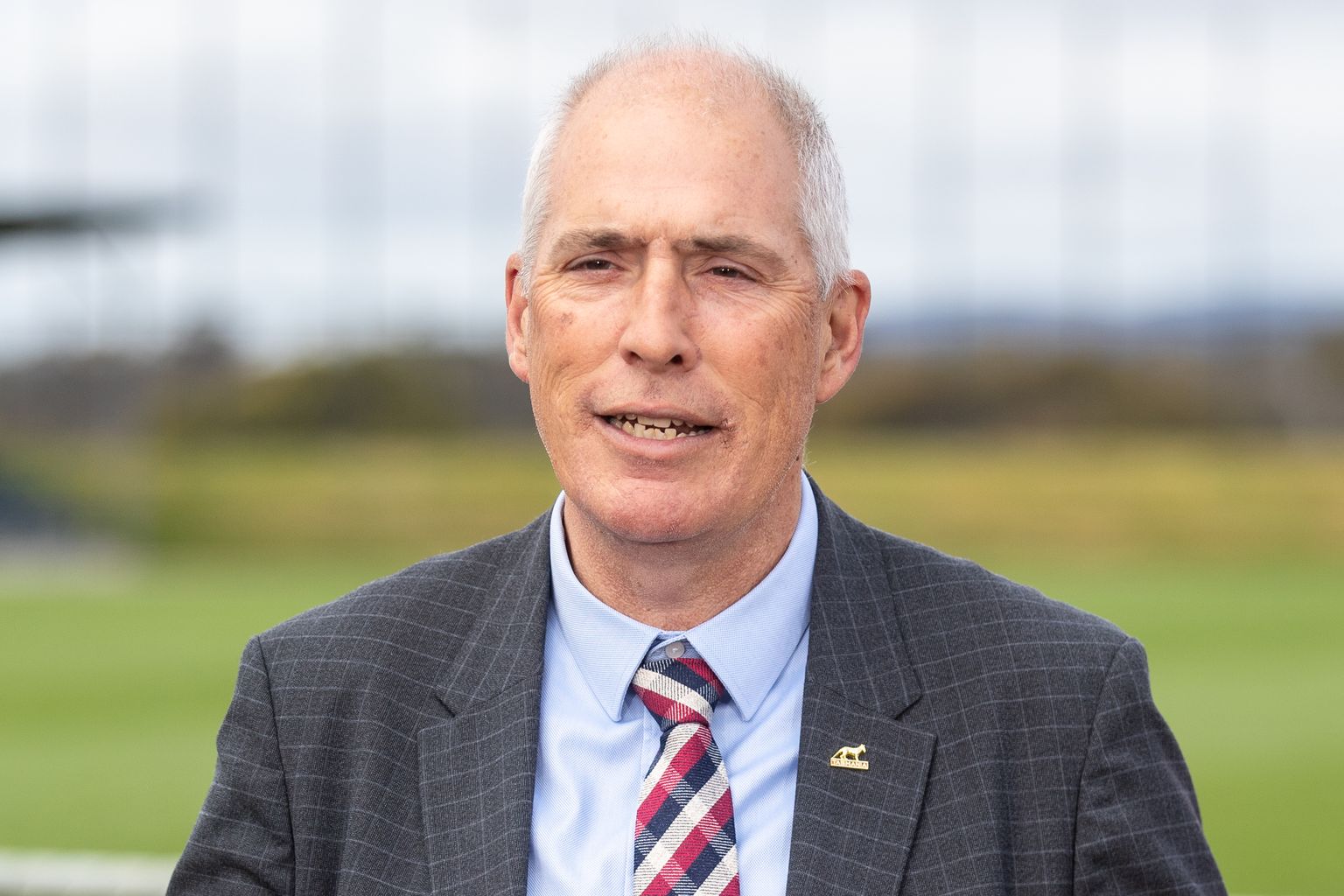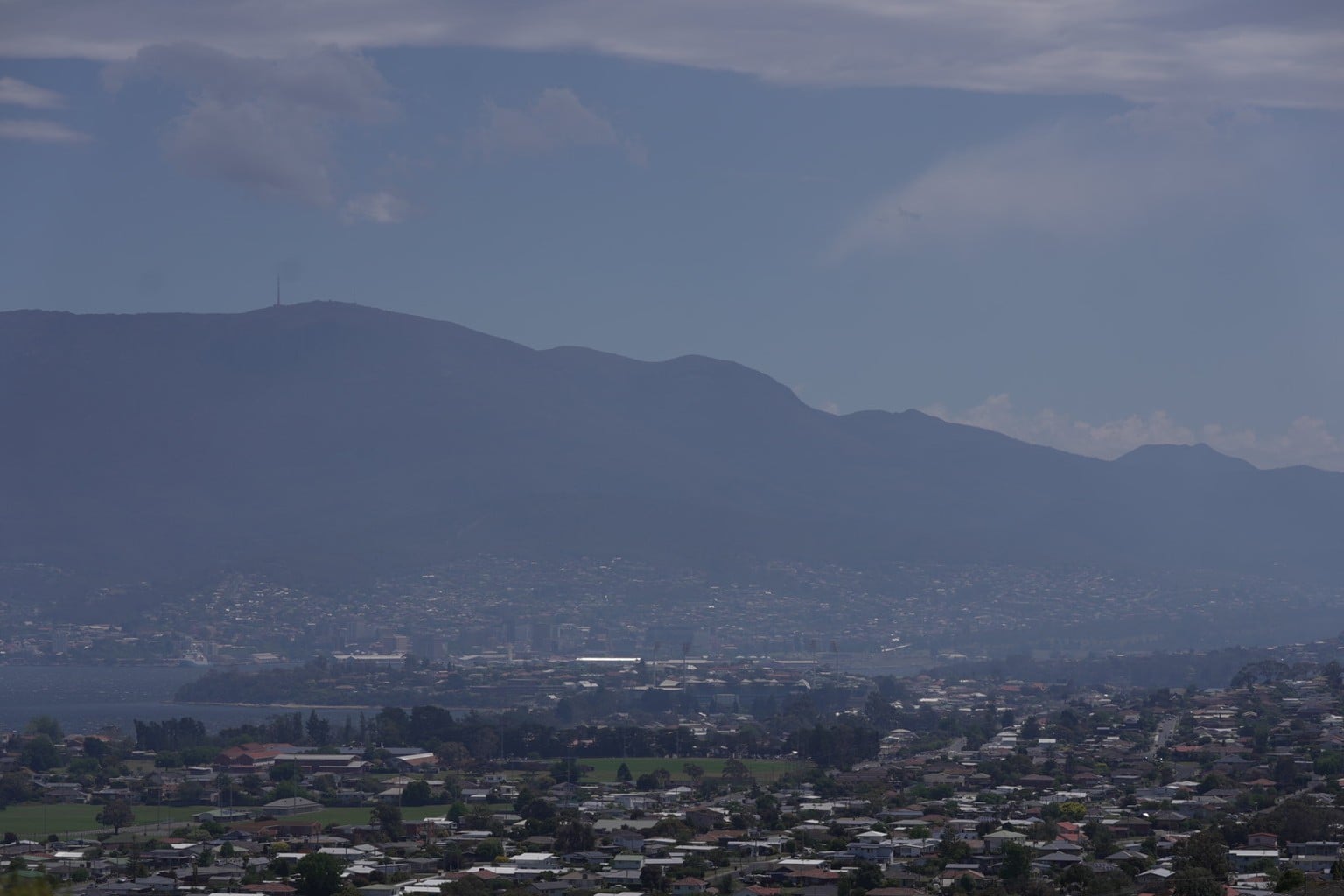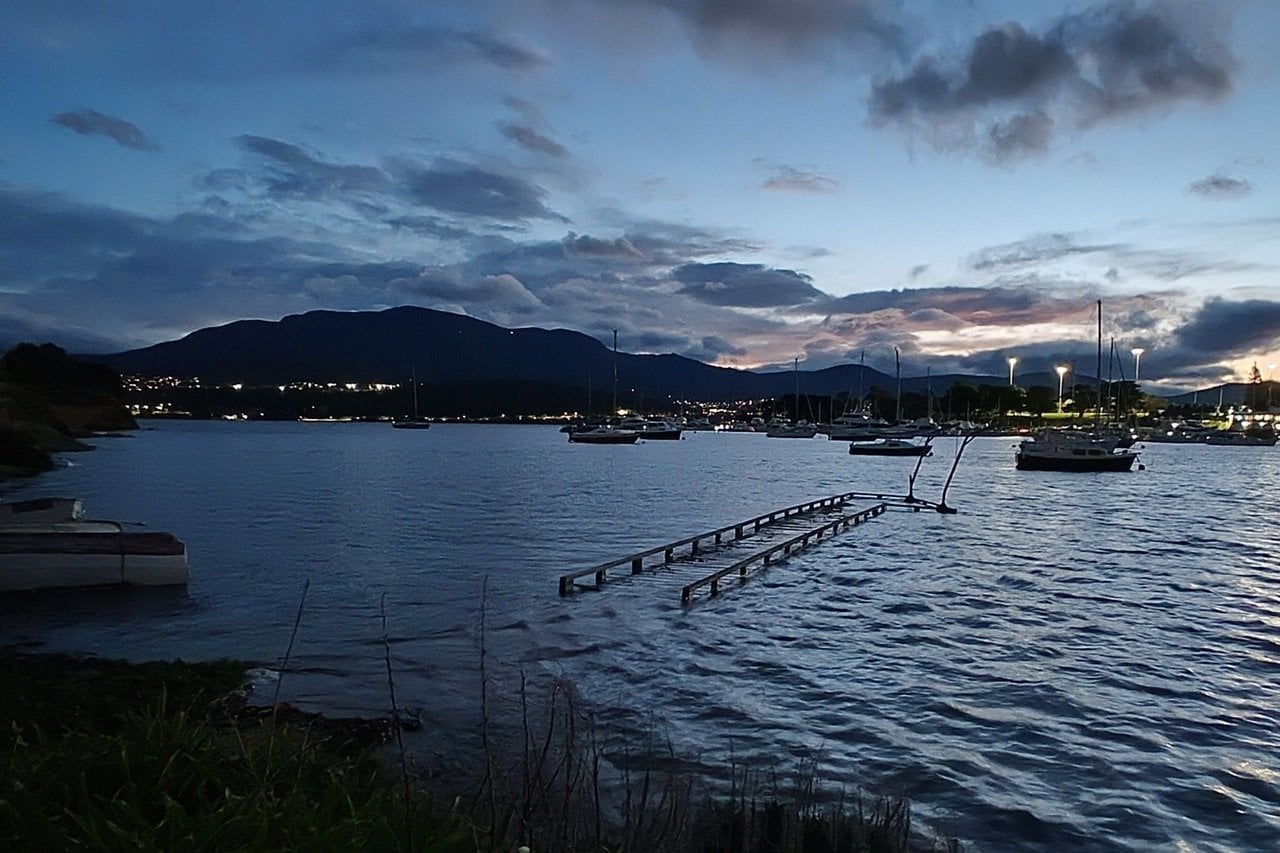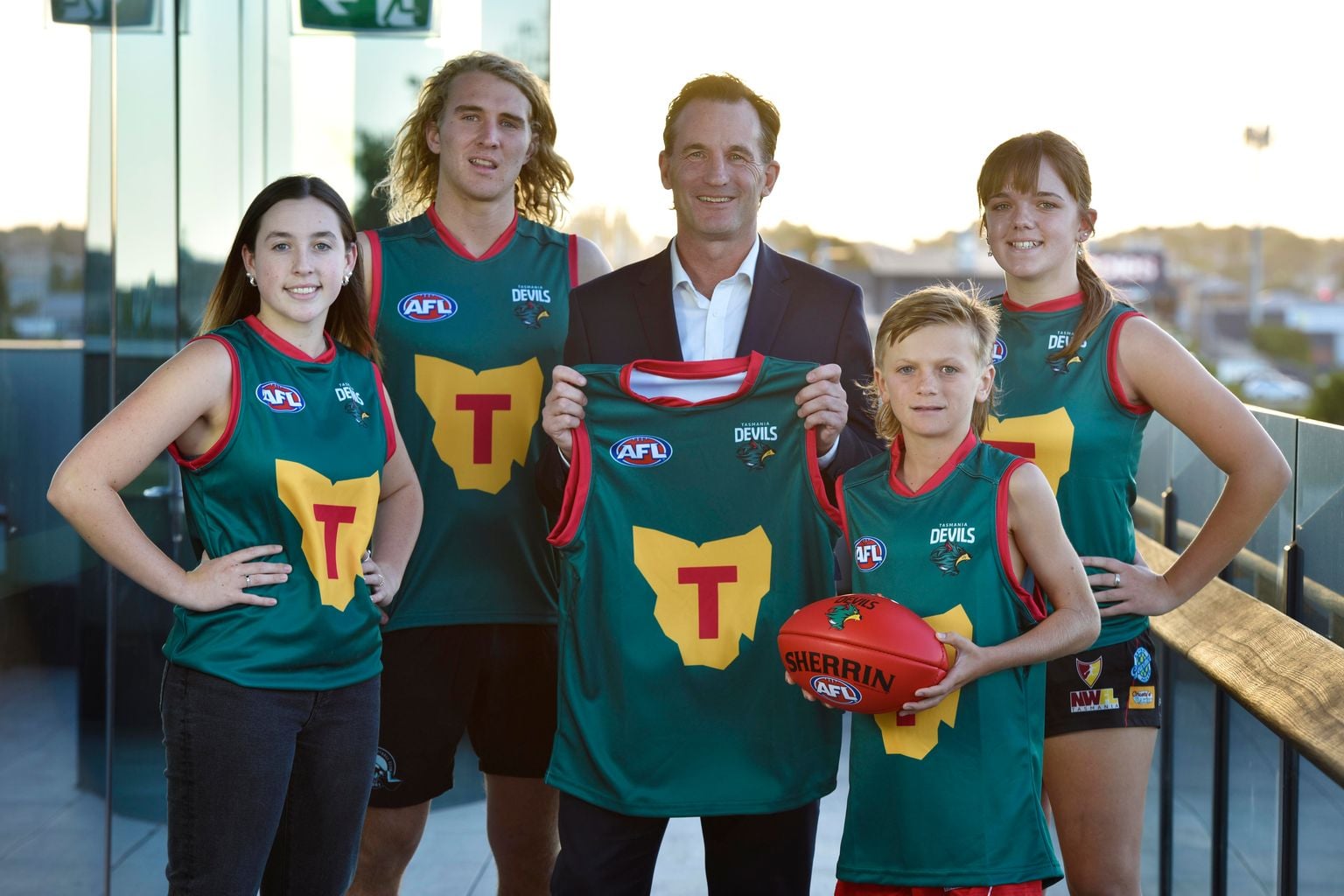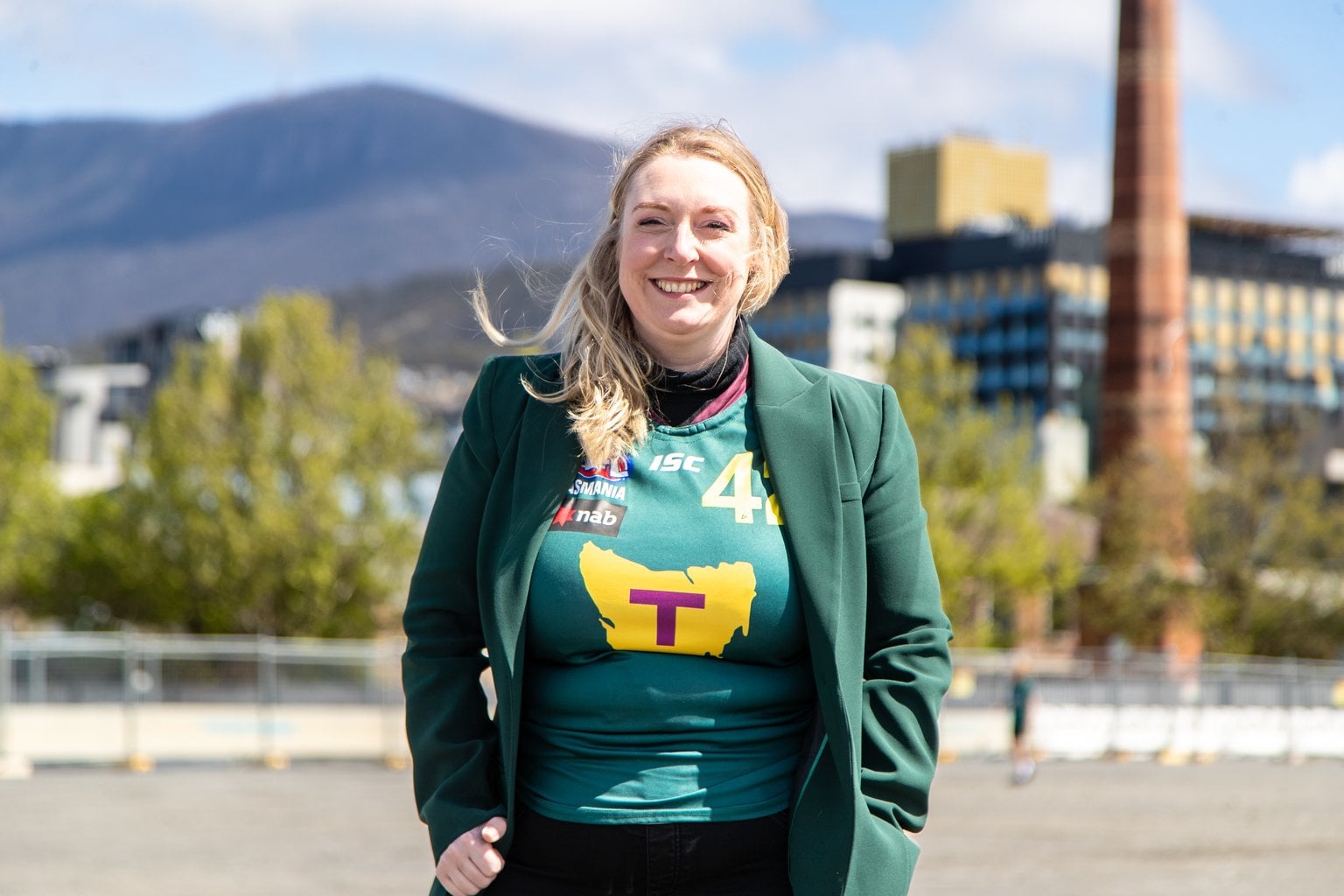One of the world’s most ambitious clean energy projects being developed in a Hobart shipyard has reached a major milestone, with battery systems now being charged on what will become the largest electric ship ever built.
Incat Tasmania’s Hull 096 has begun receiving electrical charge in one of its four battery rooms, marking a critical step towards sea trials later this year.
The vessel houses 5,016 individual battery units weighing around 250 tonnes in total, delivering more than 40 megawatt-hours of installed capacity.
Incat CEO Stephen Casey said the system is four times larger than any previous maritime installation in the world.
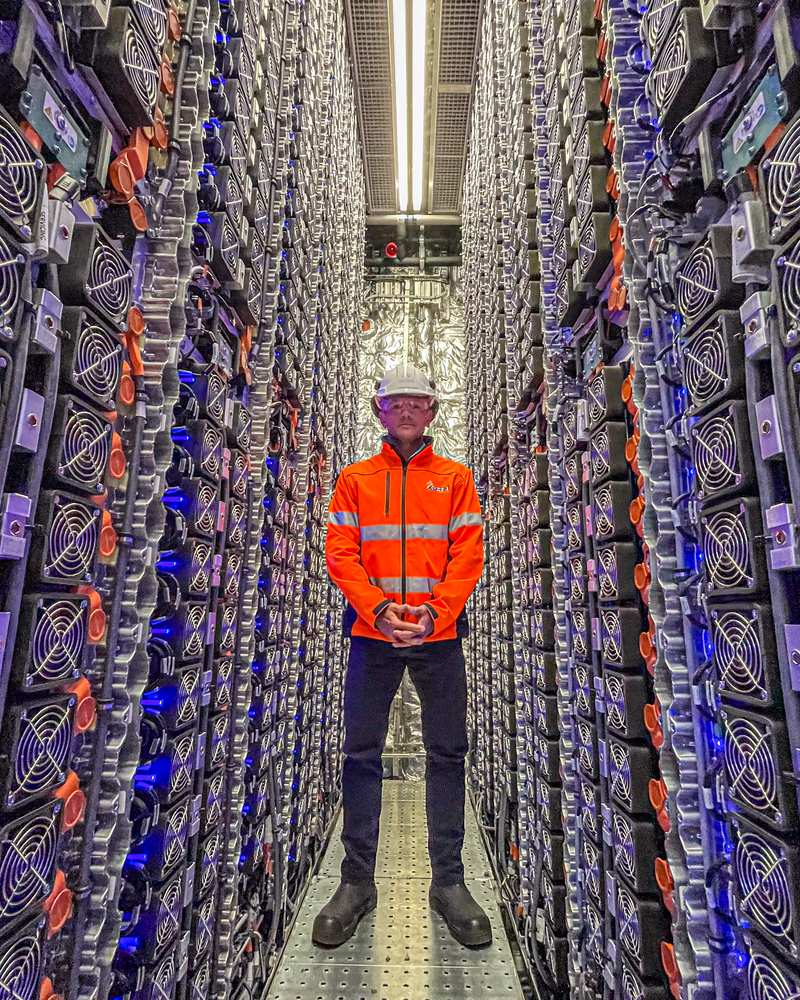
“To stand inside one of these battery rooms really brings home the scale of what’s being achieved here,” he said.
“This vessel represents a step change for the global ferry industry – proof that large-scale, sustainable vessels are not only possible, but practical and commercially viable.”
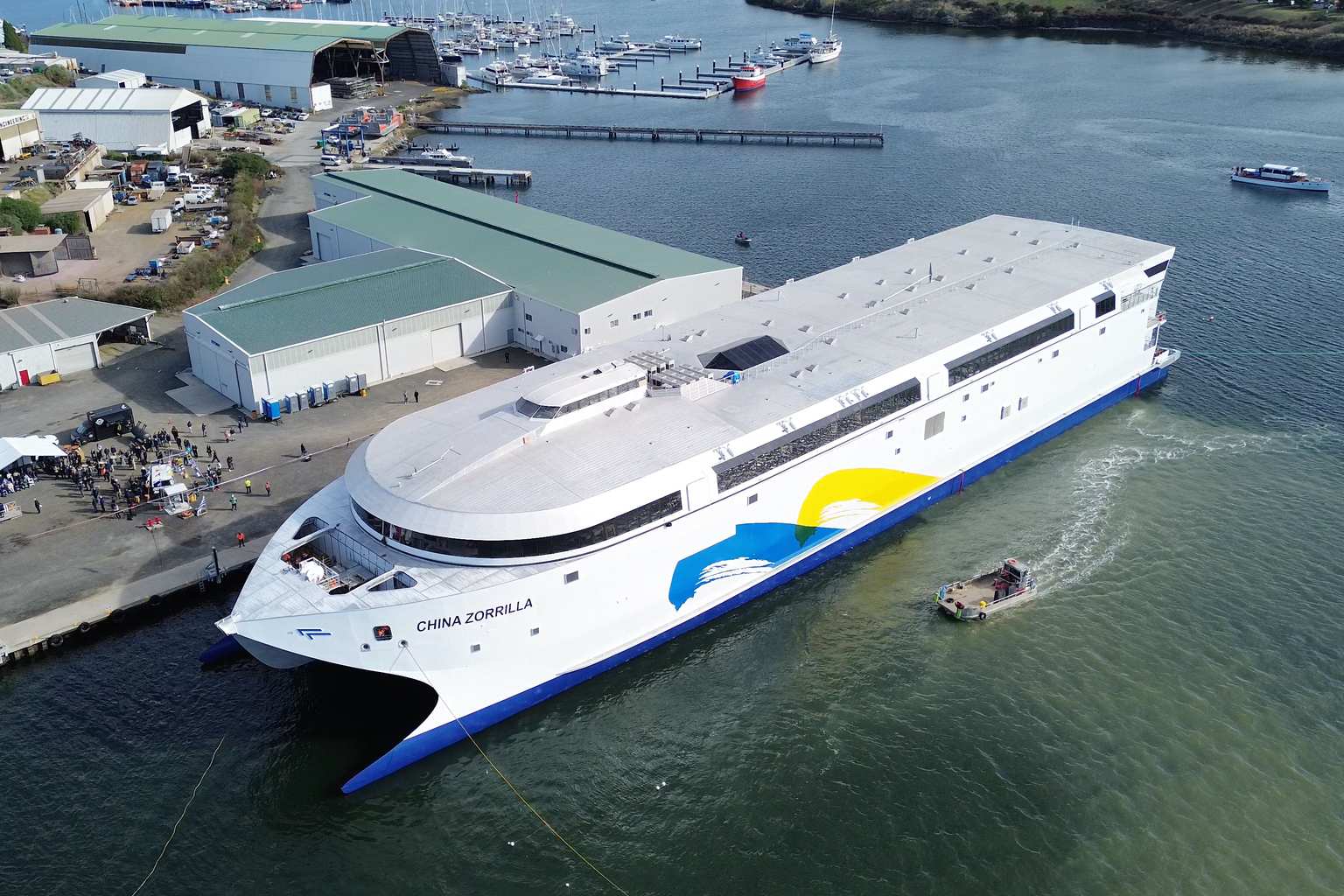
The energy storage system, supplied by Wartsila and Corvus Energy, will power eight electrically driven waterjets when the 130-metre ferry enters service between Buenos Aires and Uruguay.
Each of the four purpose-built battery rooms has been precision-engineered to house the advanced energy storage modules.
The entire journey across the River Plate will be completed on battery power alone.
When operational, the ship will carry up to 2,100 passengers and 225 vehicles for operator Buquebus.
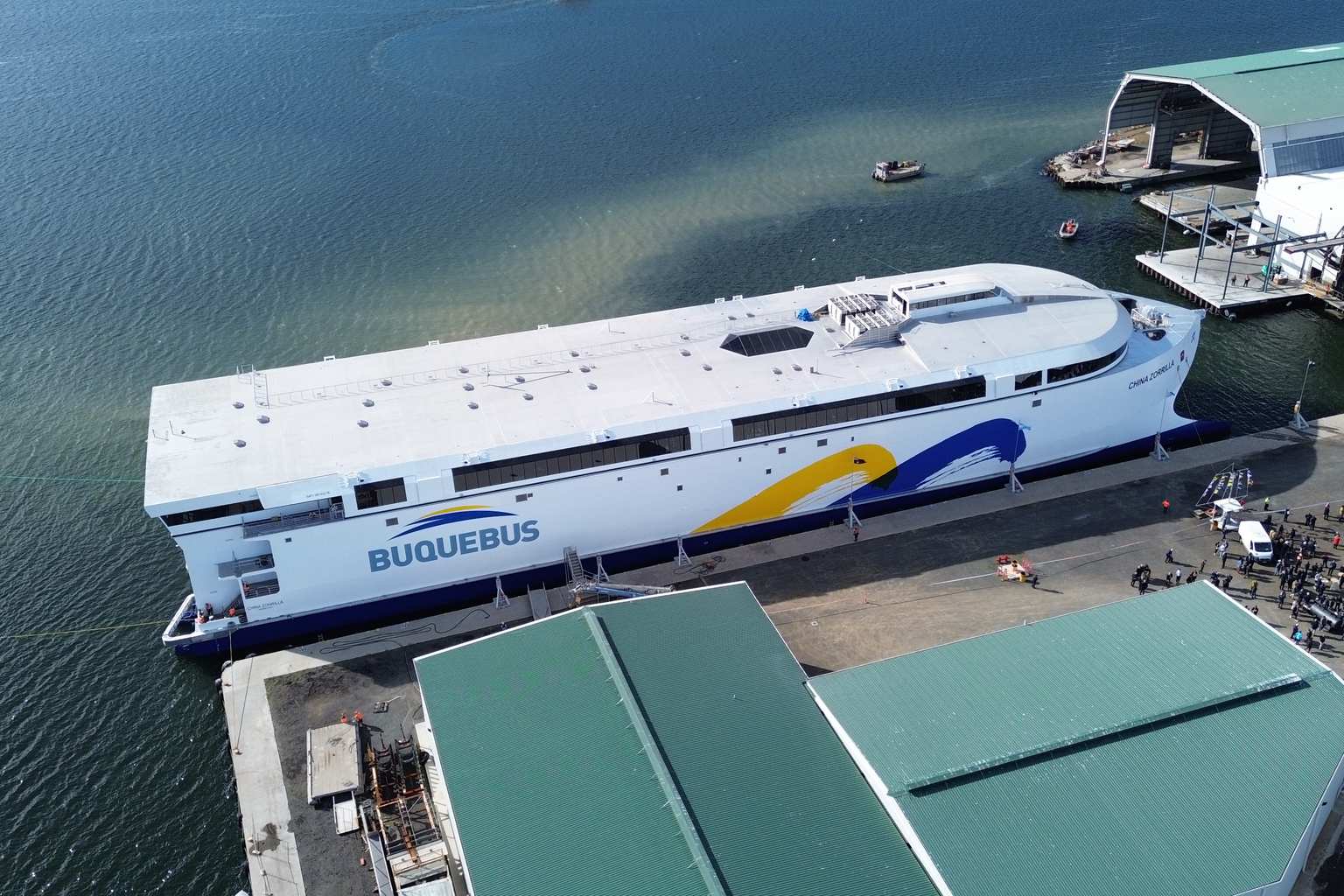
It will be the ninth vessel Incat has built for the South American company.
“Our team has combined decades of aluminium shipbuilding experience with cutting-edge clean energy technology to deliver something truly world-leading,” Casey said.
“It’s a project that shows what Tasmanian innovation can contribute to the future of maritime transport.”
Originally designed to run on liquefied natural gas, the vessel was redesigned mid-project to become fully electric.
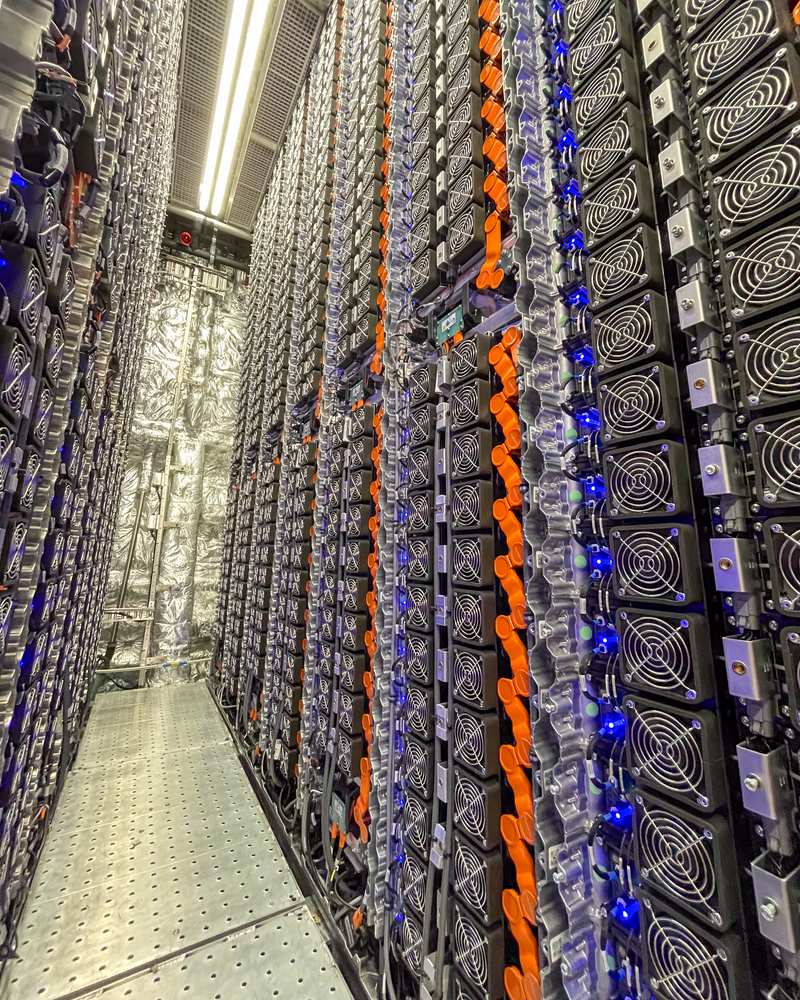
It will also feature a 2,300-square-metre duty-free retail deck – space Incat says will be the largest shopping area on any ferry globally.
“As we move closer to completion, every milestone reminds us how far the industry has come,” Casey said.
“This isn’t just about building a ship, it’s about setting a new course for the future of clean maritime travel.”
Final fit-out and energy system integration will continue ahead of sea trials on the River Derwent in the coming weeks.

